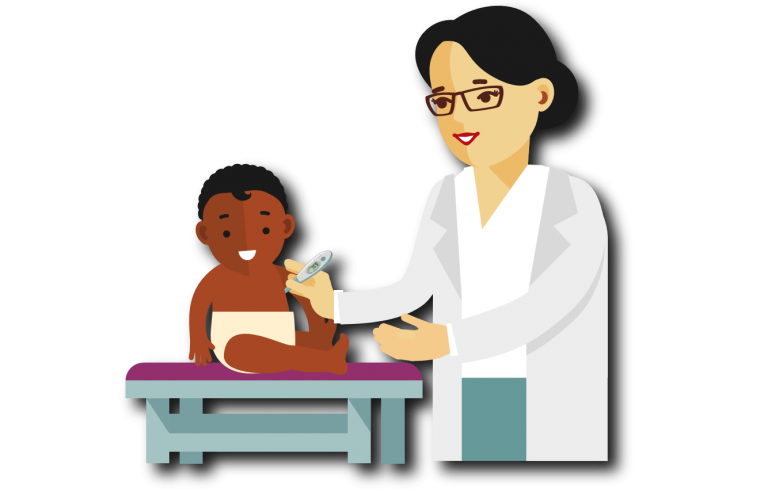Fever
Fevers are the body’s natural response to infection. It can be scary when your child has a fever, but fevers will not hurt your child. Symptoms include:
- Agitated, crying, fussy, or irritable
- Fever
- Refusing to eat, drink, or nap
How to Manage Your Child’s Fever
This video provides information about how to take your child’s temperature, how to manage their symptoms, and when to seek health care.
This video was created through a collaboration between ECHO Research, TREKK, and ARCHE. Funding was provided by the Networks of Centres of Excellence and the Stollery Children’s Hospital Foundation through the Women and Children’s Health Research Institute.
(Fever, 2019. Updated 2024.)
This infographic provides information about how to take your child’s temperature, how to manage their symptoms, and when to seek health care.
This infographic was created through a collaboration between ECHO Research, TREKK, and ARCHE. Funding was provided by the Networks of Centres of Excellence and the Stollery Children’s Hospital Foundation through the Women and Children’s Health Research Institute.
ECHO
The ECHO research program is focused on improving health outcomes for children with acute health conditions through the application of the best available evidence — a process known as knowledge translation (KT).


